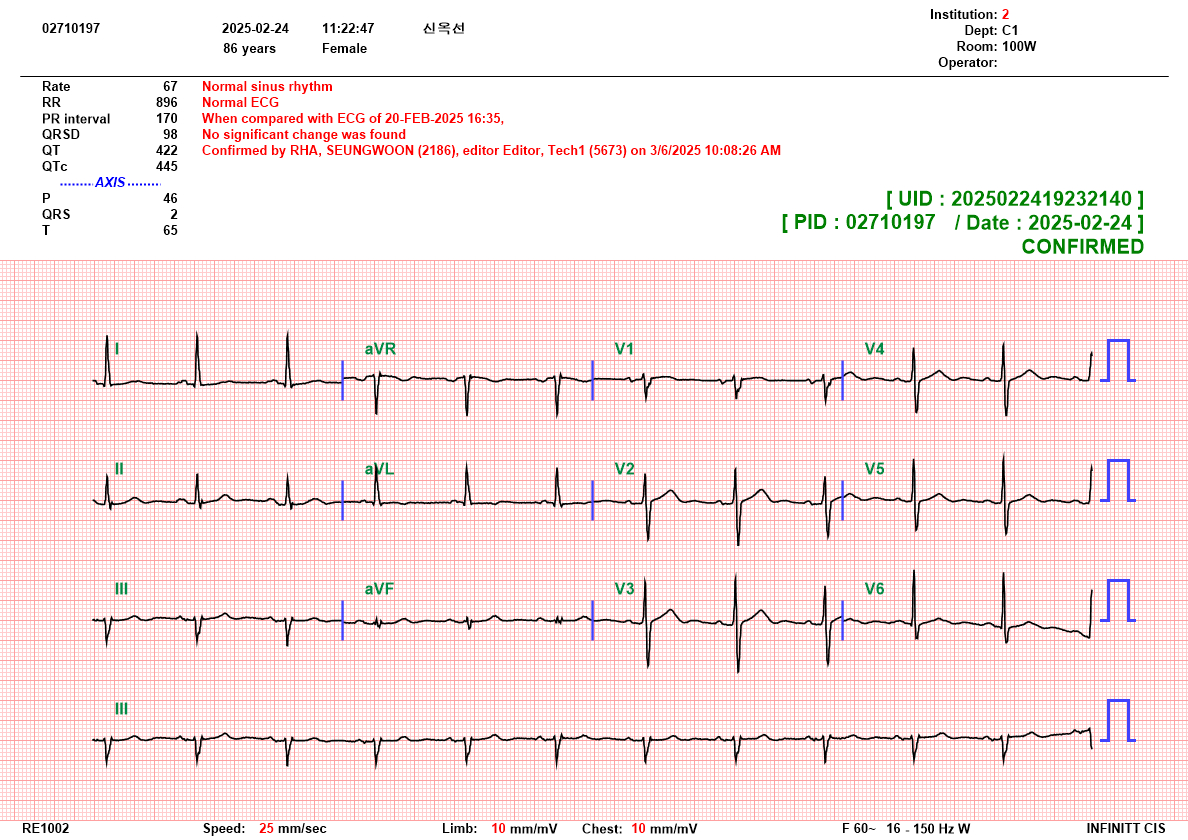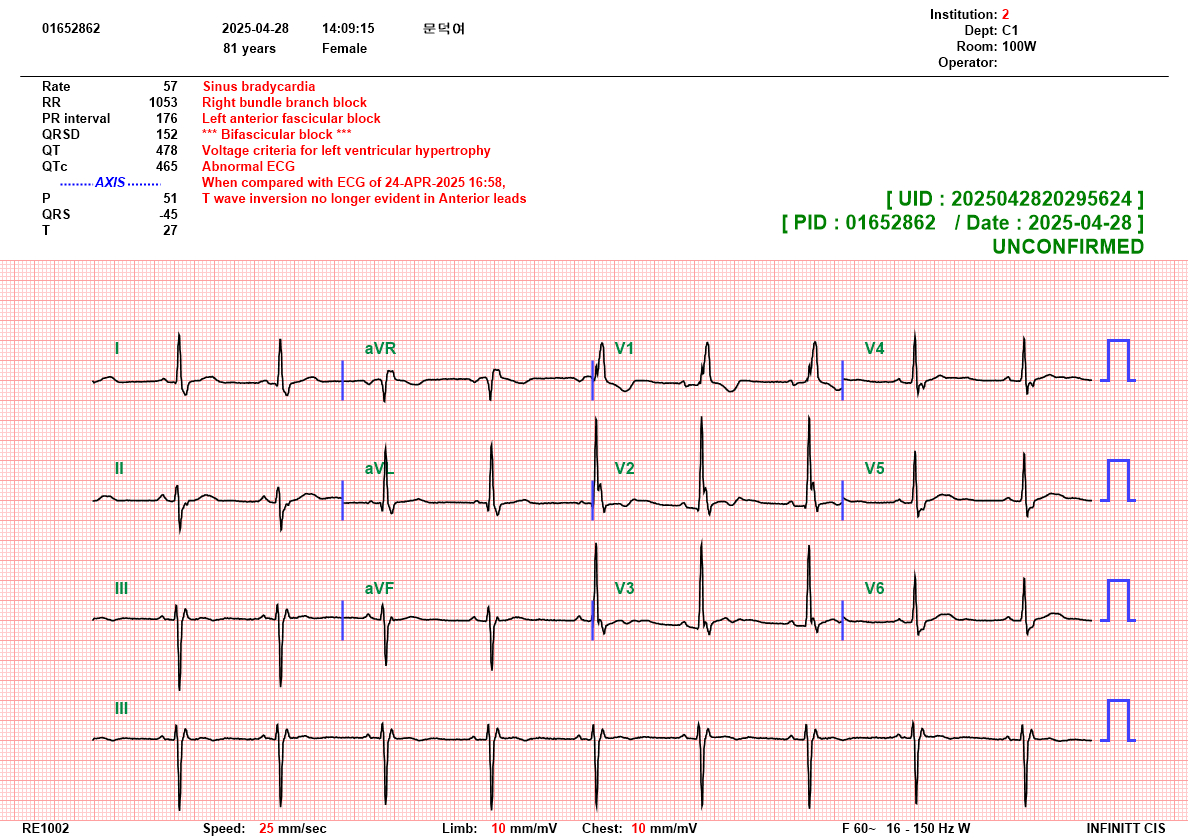CASE20250507_001
Aortic Stenosis Jet Flow Guided 0.035 Wire and Catheter Insertion Technique to Cross Severely Stenotic Aortic Valve: Case-Based Techniques
By Seung-Woon Rha, Manda Satria Chesario
Presenter
Manda Satria Chesario
Authors
Seung-Woon Rha1, Manda Satria Chesario1
Affiliation
Korea University Guro Hospital, Korea (Republic of)1,
View Study Report
CASE20250507_001
TAVR - Complex TAVR
Aortic Stenosis Jet Flow Guided 0.035 Wire and Catheter Insertion Technique to Cross Severely Stenotic Aortic Valve: Case-Based Techniques
Seung-Woon Rha1, Manda Satria Chesario1
Korea University Guro Hospital, Korea (Republic of)1,
Clinical Information
Relevant Clinical History and Physical Exam
Case 1
Case 2


Case 2


Relevant Test Results Prior to Catheterization
Case 1
Relevant Catheterization Findings
Case 1
Case 2CAG showed no significant stenosis of the coronary arteries.
 CAG LCA case 1.mp4
CAG LCA case 1.mp4
 CAG RCA case 1.mp4
CAG RCA case 1.mp4
Case 2CAG showed no significant stenosis of the coronary arteries.
Interventional Management
Procedural Step
Case 1PCI using Genoss DES 2.5 x 15 mm at distal RCA and mid LCX . TEE and TPM used and 6Fr marker pigtail catheter into NCC. Unable to cross AV using 6Fr AL2 catheter and 0.035 Emerald guidewire (Cordis). Change to 0.035 Amplatz guidewire (Boston Scientific). After several attempt we are unable to cross AV. Eventually using Dr Rha’s Technique for targeted AV crossing of 0.035 wire guided by AS jet flow , we are able to cross the AV. Change guidewire to Safari2 extra small pre-shaped guidewire (Boston Scientific).
Case 2 TEE and TPM used and 6Fr marker pigtail into NCC. 0.035 Amplatz guidewire (Boston Scientific) over 6Fr AL2 catheter able to cross the AV using Dr Rha’s Technique for AS Jet Flow guided 0.035 wire crossing. Changed guidewire to Safari2 extra small pre-shaped guidewire (Boston Scientific). Upgrading sheath to 14 Fr Edwards E-sheath system and crossing the calcified AV, 23 mm Edwards Sapien3 Ultra via Sapien 3 Commander delivery system and balloon valvuloplasty was done. The valve was implanted in an uncomplicated fashion with a minimal PVL. Peak to peak PG from 57.2 mmHg until 0 mmHg.
 LCX PCI Case 1.mp4
LCX PCI Case 1.mp4
 AV crossing Case 1.mp4
AV crossing Case 1.mp4
 AV crossing Case 2.mp4
AV crossing Case 2.mp4
Case Summary
Extreme angulation, heavy calcification, and bicuspid morphology are risk factors for difficulties in AV crossing.
Currently, no definite expected targeted 0.035 wire crossing through tight AV and too diverse methods are used among physicians.
We suggest an effective 0.035 wire crossing within short time even if the operator could not see the AS jet.
Methods : 1. Ready for at least 6Fr AL2 catheter2. Try to approach 6Fr AL2 catheter closer near the AV
Currently, no definite expected targeted 0.035 wire crossing through tight AV and too diverse methods are used among physicians.
We suggest an effective 0.035 wire crossing within short time even if the operator could not see the AS jet.
Methods : 1. Ready for at least 6Fr AL2 catheter2. Try to approach 6Fr AL2 catheter closer near the AV

